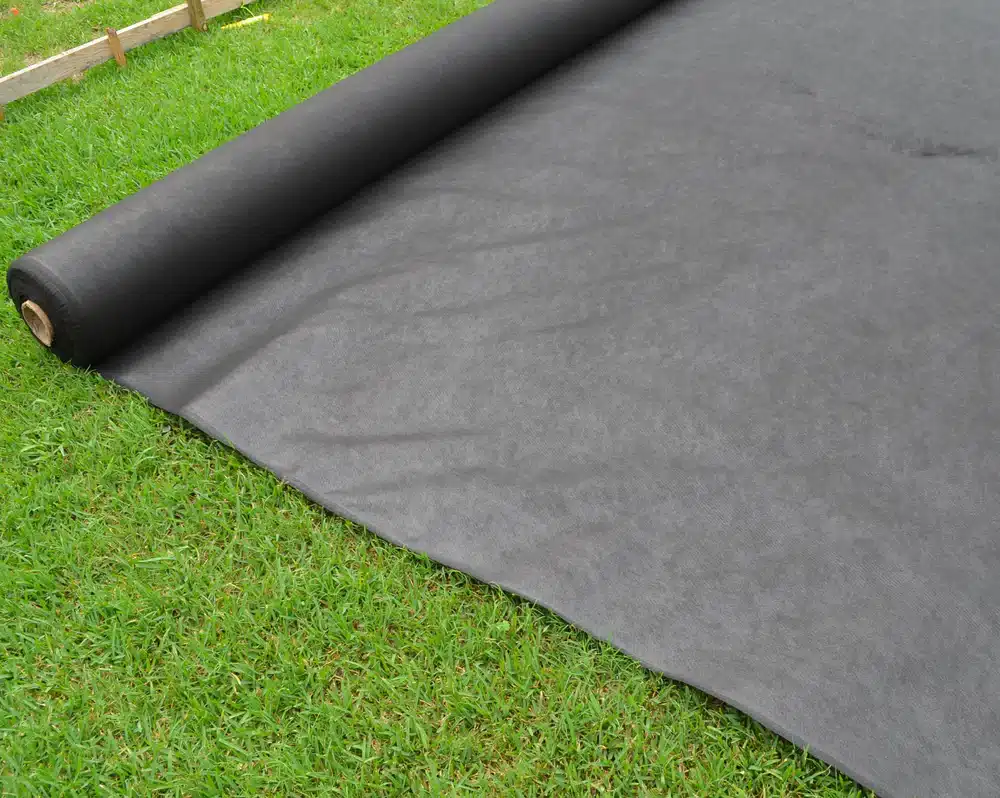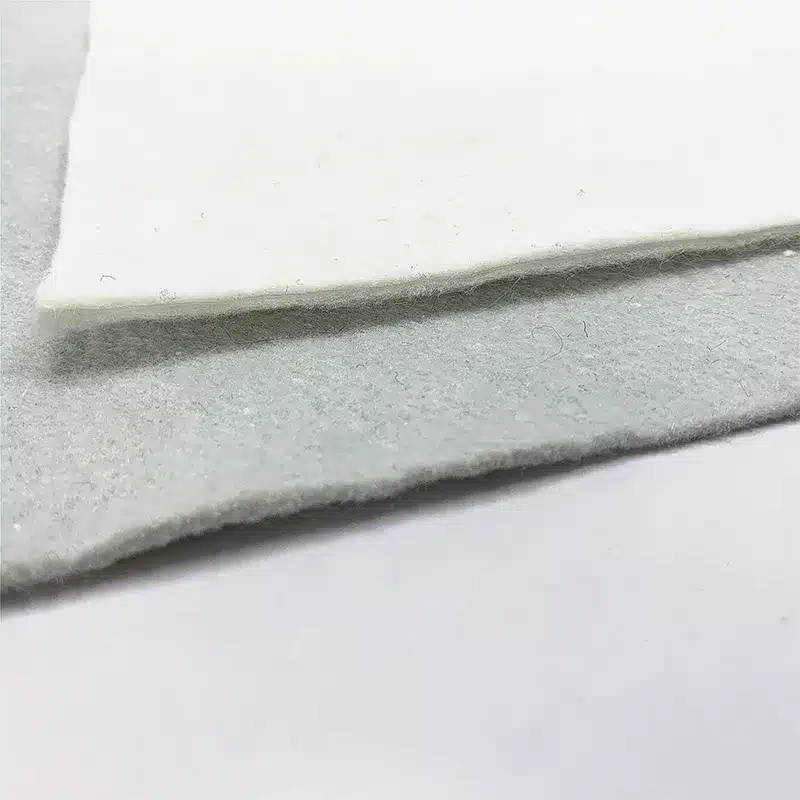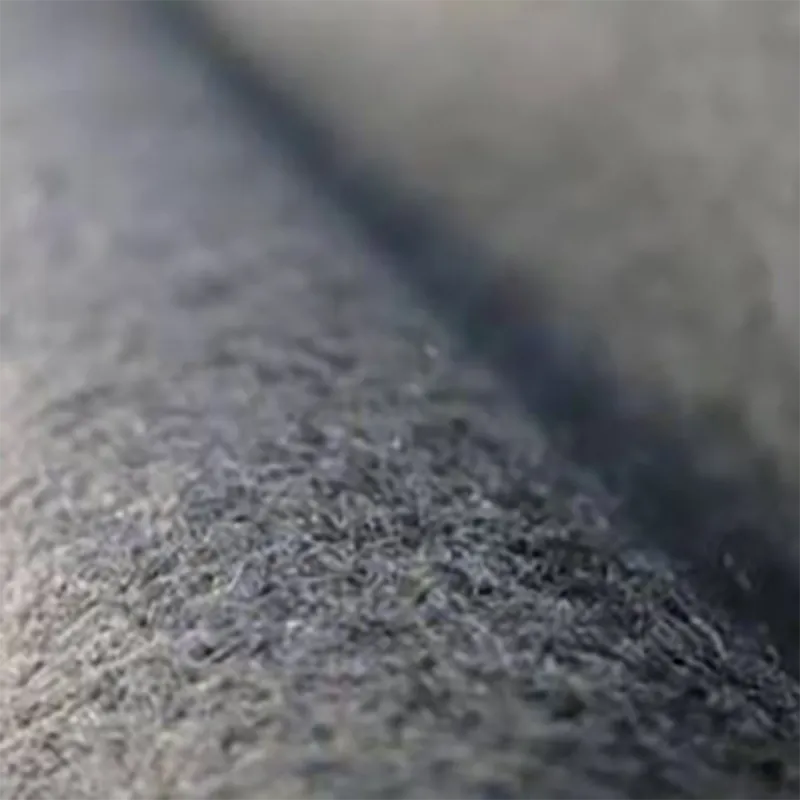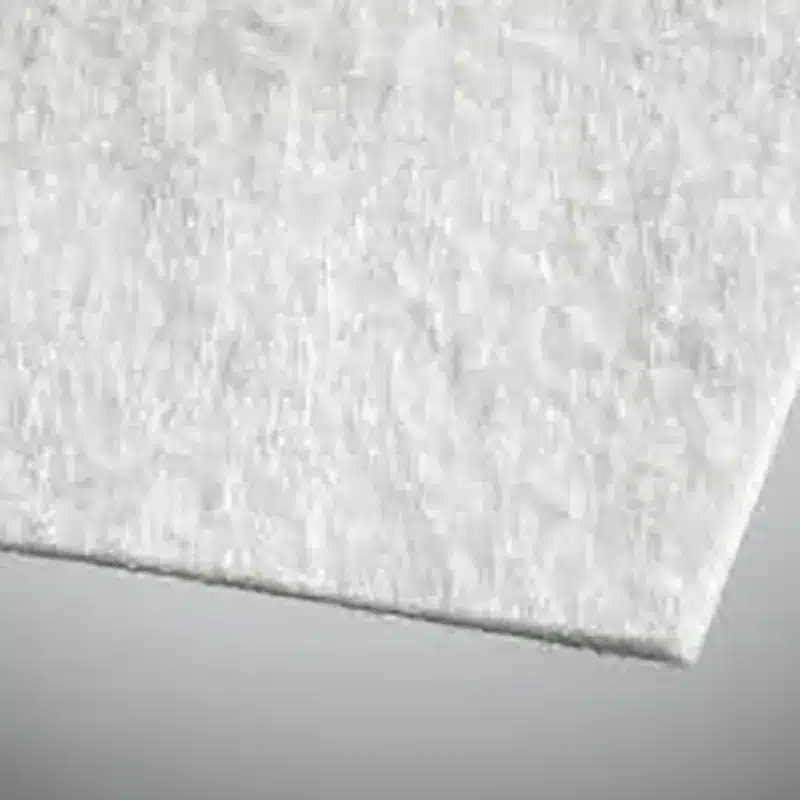The Role of Geotextiles in Erosion Control and Soil Stability
Erosion poses a significant threat to landscapes worldwide, especially on steep hillside terrains where soil stability is crucial. In the battle against erosion, geotextiles emerge as indispensable allies, offering innovative solutions to combat soil degradation by evenly distributing water flow and reducing surface runoff. This article delves into the intricate world of geotextiles, exploring their role in erosion control and soil stabilization.
How do geotextiles prevent erosion?
Geotextiles function as erosion control blankets, serving as a protective layer that shields the soil from the erosive forces of wind and water. By covering vast areas of steep hillside terrain, these specialized fabrics provide a barrier that mitigates the impact of rainfall, evenly distributing water flow and reducing surface runoff and gravitational forces. The tightly woven structure of geotextiles effectively traps soil particles, preventing them from being washed away. Additionally, these fabrics promote vegetation growth, further enhancing stability by anchoring the soil with root systems.

What is geotextile fabric for erosion?
Geotextile fabric for erosion is a durable material engineered to withstand environmental pressures while offering superior erosion control capabilities. Comprising synthetic fibers such as polypropylene or polyester, these fabrics exhibit high tensile strength and UV resistance, ensuring long-term effectiveness in harsh conditions. Available in various forms, including woven and non-woven configurations, geotextile fabrics are tailored to specific erosion control needs and can help mitigate soil erosion, ranging from slope stabilization to shoreline protection.
What is geotextile for soil stabilization?
Geotextile for soil stabilization plays a pivotal role in enhancing the structural integrity of soil, particularly in areas prone to erosion. Woven synthetic fibers that come in large rolls are used to reinforce the soil matrix, improving load-bearing capacity and reducing surface deformation, thereby minimizing the risk of landslides and slope failures. Through a combination of filtration, separation, and reinforcement mechanisms, these specialized textiles bolster the natural cohesion of soil particles, promoting stability and longevity in engineered structures.
What is geotextile for soil stability?
Geotextile for soil stability encompasses a diverse range of applications aimed at fortifying the structural resilience of soil against external forces. Whether deployed in road construction, embankment reinforcement, or retaining wall systems, geotextiles serve as a reliable ally in safeguarding infrastructure from the detrimental effects of erosion and subsidence. By harnessing the inherent properties of geosynthetic materials, engineers can implement sustainable solutions that ensure the longevity and reliability of civil engineering projects.
Geotextile for soil stability encompasses a diverse range of applications aimed at fortifying the structural resilience of soil against external forces. Whether deployed in road construction, embankment reinforcement, or retaining wall systems, geotextiles serve as a reliable ally in safeguarding infrastructure from the detrimental effects of erosion and subsidence. Woven geotextiles are placed between the aggregate and the subgrade to stabilize the soil, preserve the aggregate, and reinforce the surrounding soil. By harnessing the inherent properties of geosynthetic materials, engineers can implement sustainable solutions that ensure the longevity and reliability of civil engineering projects.



Comments
Post a Comment